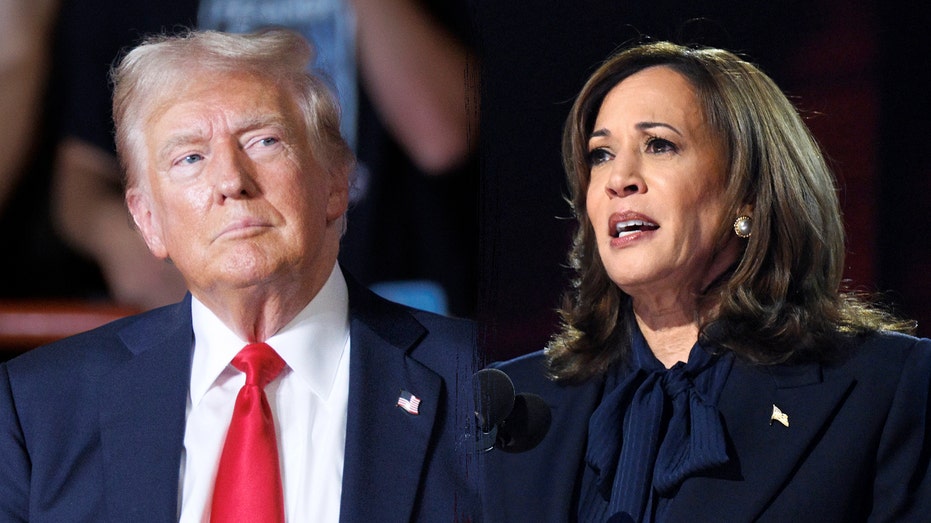
A new NPR/PBS News/Marist Poll shows Vice President Kamala Harris and former President Donald Trump are neck-and-neck nationwide with just over a month to go until the election.
A recent poll shows that Vice President Kamala Harris and former President Donald Trump are neck-and-neck ahead of the November election.
According to the latest NPR/PBS News/Marist Poll, Harris maintains a razor-thin lead of 2% over Trump in a national survey of likely voters.
The poll shows similar results among registered voters, with Harris at 50% and Trump just a few points behind at 47%.
TRUMP EDGES HARRIS IN NORTH CAROLINA POLL, STATE THAT HASN’T VOTER DEMOCRATIC SINCE 2008
Notably, Trump leads Harris among independent voters who are likely to cast a ballot in November, 50% to 46%.
Voters who intend to cast ballots early via mail or absentee ballot are much more likely to favor Harris (71%) compared to Trump (28%).
Voters who intend to cast ballots the traditional way on Election Day break for Trump 58% to 40%.
WISCONSIN POLL SHOWS HARRIS LEADING TRUMP BY 4, FORMER PRESIDENT AHEAD ON KEY ISSUES
Individuals intending to vote early via in-person ballot break for Trump, 50% to 48%.
A majority of respondents reported being either concerned or very concerned about the potential for voter fraud in this year’s election. Republicans (86%) and independents (55%) are much more likely to suspect the potential for voter fraud compared to Democrats (33%).
Trump leads Harris among white voters, 53% to 45%. Harris leads Trump among non-white voters (60% to 39%) but still lags behind the support shown for Biden among non-white voters (71%).
A staggering gap of 34% separates men and women in this election. About 57% of men intend to vote for Trump, compared to 41% for Harris. Meanwhile, 58% of women intend to vote for Harris, compared to 40% for Trump.
The NPR/PBS News/Marist Poll was conducted from Sept. 27 through Oct. 1 and surveyed individuals via phone, text and online.
Results for registered voters are statistically significant within ±3.5%, while results for likely voters are statistically significant within ±3.7%.



